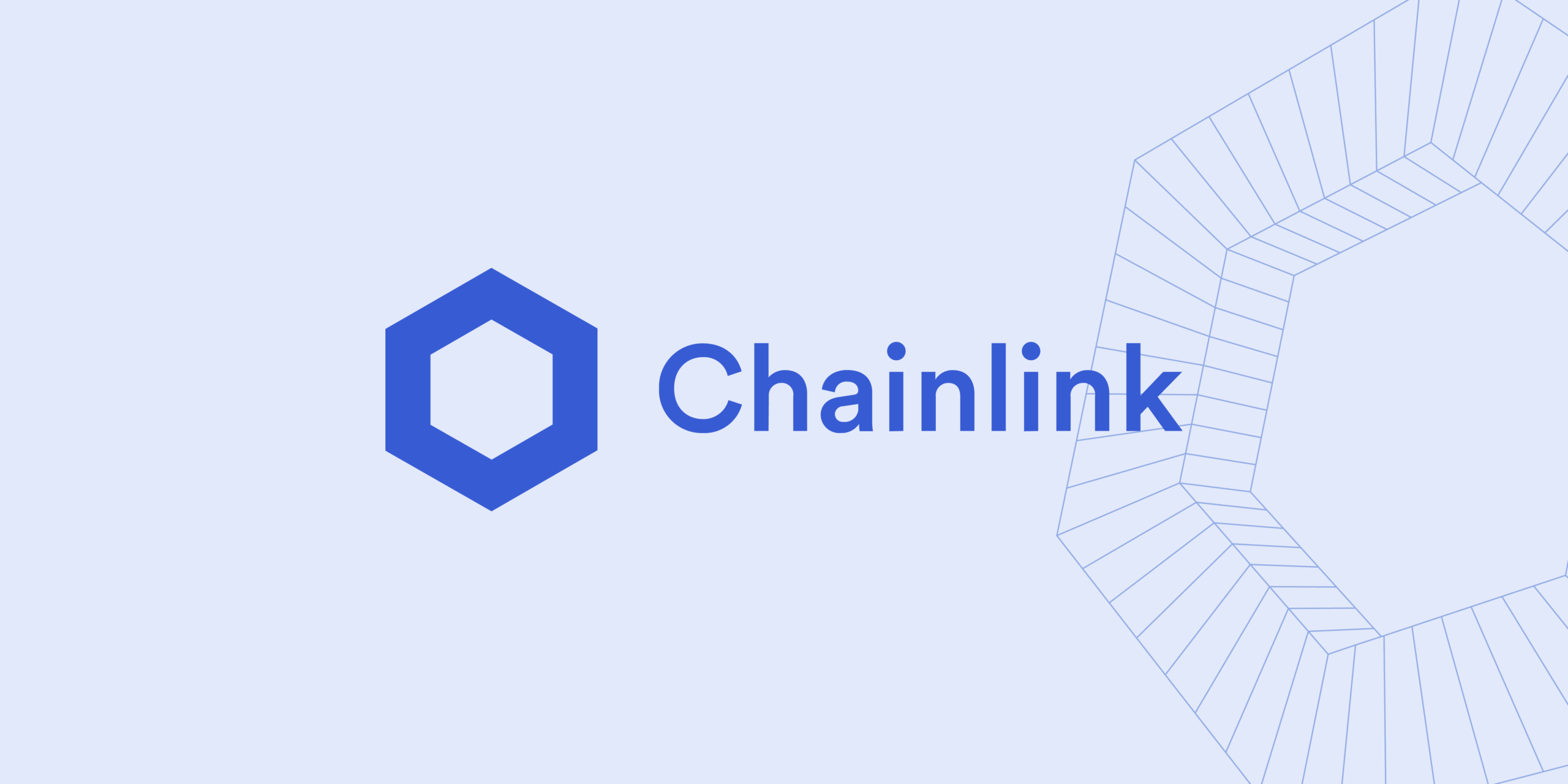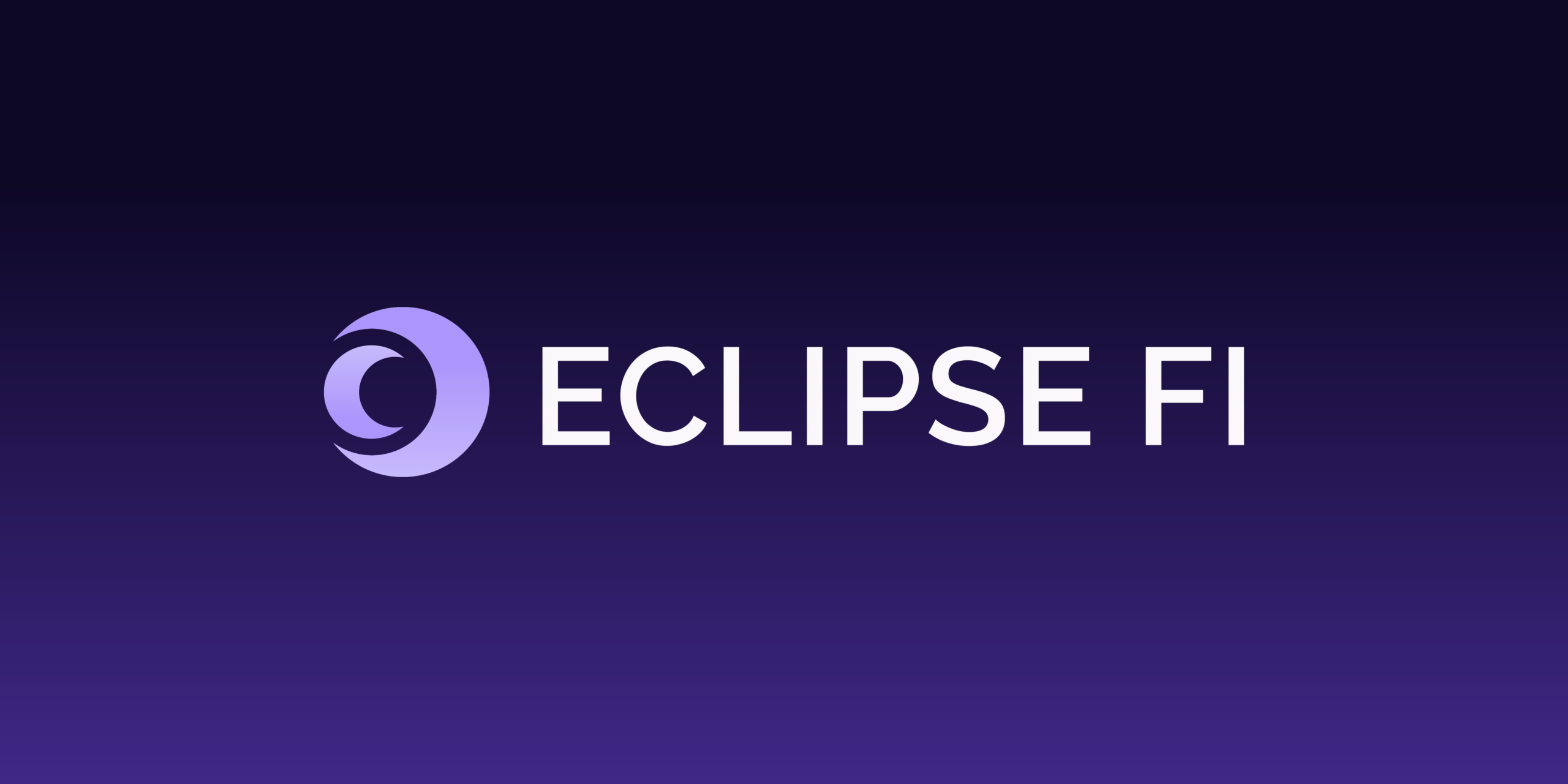Introduction
Chainlink is a decentralized oracle network poised to bridge the gap between blockchain smart contracts and external data sources. Its architecture is designed to provide secure and reliable data to smart contracts across various blockchains. This review objectively examines Chainlink‘s technological innovations, architecture, code quality, product roadmap, usability, and team composition and concludes with an overall assessment.
Chainlink Innovation
Chainlink introduces several innovative features in the blockchain space, mainly how it handles smart contract data. Its most notable innovations include a decentralized oracle network, data aggregation methods, Off-Chain Reporting (OCR), Cross-Chain Interoperable Protocol (CCIP), and specialized functions for complex computations and data streams.
Architecture
- Decentralized Oracle Network: Chainlink’s architecture is underpinned by a network of independent nodes, which collectively work to fetch and validate external data. This decentralization mitigates central points of failure and enhances data integrity.
- Data Aggregation: It employs single-source and multi-source data aggregation approaches to improve data accuracy and reliability.
- OCR and CCIP: These features focus on scalability and cross-chain communication, respectively, addressing some of the core challenges in blockchain interoperability and efficiency.
Code Quality
Examining Chainlink‘s codebase suggests a commitment to high-quality, robust software development practices. The code is regularly updated and maintained, with clear documentation and adherence to coding standards. However, like any open-source project, it is subject to the varied quality of community contributions.
Product Roadmap
Chainlink strongly emphasizes expanding its Oracle network’s capabilities, improving scalability, and enhancing cross-chain functionalities. The roadmap is ambitious yet appears to be grounded in realistic technological milestones.
Usability
Chainlink’s design focuses on ease of integration and flexibility for developers. Subscription management simplifies the funding process for Oracle requests, which is a significant advantage for developers managing costs in decentralized applications.
Team
Chainlink’s team comprises individuals with diverse expertise in blockchain technology, cryptography, and software engineering. The team’s broad skills contribute to the project’s innovative approach and robust architectural design.
Conclusion
Chainlink presents a compelling solution in the blockchain oracle space, addressing critical issues like data integrity, scalability, and cross-chain interoperability. While it shows considerable promise, the true test lies in its widespread adoption and the continual evolution of its technology in response to the dynamic blockchain environment. As with any blockchain technology, potential users and developers should conduct thorough due diligence and consider the evolving nature of the technology.
| Initial Screening | |||
| Keep researching | |||
| Does this project need to use blockchain technology? | Yes | ||
| Can this project be realized? | Yes | ||
| Is there a viable use case for this project? | Yes | ||
| Is the project protected from commonly known attacks? | Yes | ||
| Are there no careless errors in the whitepaper? | Yes | ||
| Project Technology Score | |||
| Description | Scorecard | ||
| Innovation (Out Of 11) | 9 | ||
| How have similar projects performed? | Good | 2 | |
| Are there too many innovations? | Regular | 2 | |
| Percentage of crypto users that will use the project? | 6% to 10% | 3 | |
| Is the project unique? | Yes | 2 | |
| Architecture (Out of 12) | 11 | ||
| Overall feeling after reading whitepaper? | Good | 2 | |
| Resistance to possible attacks? | Good | 2 | |
| Complexity of the architecture? | Not too complex | 2 | |
| Time taken to understand the architecture? | 20 – 50 min | 1 | |
| Overall feeling about the architecture after deeper research? | Good | 4 | |
| Has the project been hacked ? | No | 0 | |
| Code Quality (out of 15) | 15 | ||
| Is the project open source? | Yes | 2 | |
| Does the project use good code like C,C++, Rust, Erlang, Ruby, etc? | Yes | 2 | |
| Could the project use better programming languages? | No | 0 | |
| Github number of lines? | More than 10K | 1 | |
| Github commits per month? | More than 10 | 2 | |
| What is the quality of the code? | Good | 2 | |
| How well is the code commented? | Outstanding | 2 | |
| Overall quality of the test coverage? | Outstanding | 2 | |
| Overall quality of the maintainability index? | Outstanding | 2 | |
| When Mainnet (out of 5) | 5 | ||
| When does the mainnet come out? | Mainnet Ready | 5 | |
| Usability for Infrastructure Projects (out of 5) | 3 | ||
| Is it easy to use for the end customer? | Medium | 3 | |
| Team (out of 7) | 6 | ||
| Number of active developers? | 3+ | 2 | |
| Developers average Git Background? | Senior | 2 | |
| Developers coding style? | Solid | 2 | |
| Total Score (out of 55) | 49 | ||
| Percentage Score | |||
| Innovation | 16.36% | ||
| Architecture | 20.00% | ||
| Code Quality | 27.27% | ||
| Mainnet | 9.09% | ||
| Usability | 5.45% | ||
| Team | 10.91% | ||
| Total | 89.09% |





